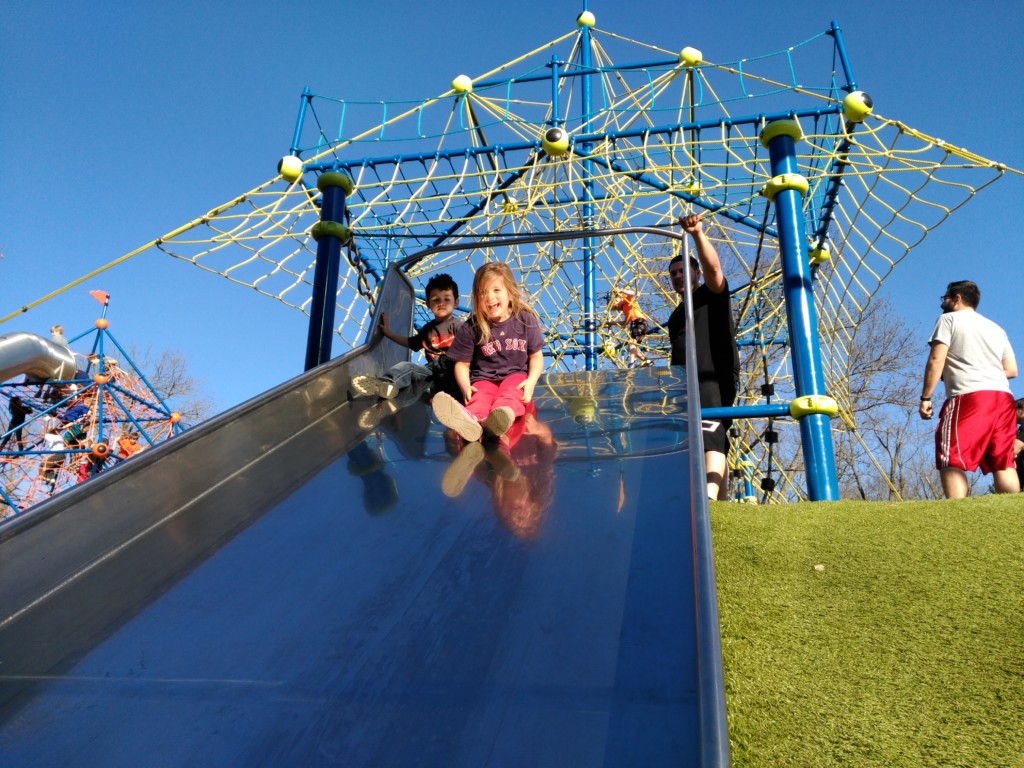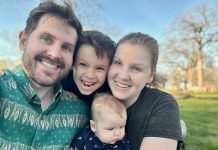There are so many jokes I could use to start this piece. Or so many raunchy jokes about poop and things like that. But the reality is, a colonoscopy is no joke and it just may save your life. This piece is my experience with my first colonoscopy about a month ago, so turn back now if you’re not interested, though I really hope you learn something.

I’m almost 44, have always been in good health, don’t drink or smoke, and have really good genes with no history of colon problems. Despite all of that, I started having stomach problems last fall. I felt nauseated, dizzy, and had a lot of cramps in the lower left part of my abdomen. What really worried me though, was the sudden change in bowel habits. My movements were painful, infrequent, and were suddenly shaped like pencils. A trip to the doctor revealed nothing on a scan, but my doctor suspected it was diverticulitis. She wrote me a prescription, gave me a list of foods to cut out or cut back on (COFFEE???? WHAT THE HECK!), and I left feeling somewhat relieved.
After 10 days on antibiotics, there wasn’t much of a change. I felt better, but my bowel movements were still painful and weird-shaped. So my doctor said “You’re in your forties, it’s time for a colonoscopy.” While this was a little jarring because I suddenly realized yes, I AM getting older, I was glad to be doing this. An old friend recently posted that a colonoscopy detected his colon cancer, and they were able to treat it in time, so I knew how important it was.
The American Cancer Society says that in 2020, about 12% of colorectal cancers — about 18,000 cases — will be diagnosed in people under the age of 50 in the U.S. Colorectal cancer also disproportionately affects the Black community, where the rates are the highest of any racial/ethnic group in the U.S. Black Americans are about 20% more likely to get colorectal cancer and about 40% more likely to die from it than most other groups. The death last year of actor Chadwick Boseman at 43 (we’re the same age) opened many people’s eyes to the higher rates in Black men and women.
Still, the American College of Physicians recommends a colonoscopy once every 10 years for people who meet all of the following criteria:
- are 50 to 75 years old
- are at average risk of colorectal cancer
- have a life expectancy of at least 10 years
I meet none of this criteria, and neither do many Americans who would benefit from a colonoscopy. My insurance didn’t cover it because I wasn’t the correct age and I wasn’t considered high risk. Ugh. But I decided to go for it and have the procedure.
The prep is not fun. At all.
Mine was scheduled for a Monday, so on Friday I started to eat a low-fiber diet. Lean protein (chicken, fish, eggs) and no seeds, grains, nuts, raw fruits or veggies. On Sunday, it was a full clear liquid diet. Chicken broth in a mug, apple juice, and a lot of water. Oh, and I had to drink “the stuff.” None of this was a good time, as my family enjoyed popcorn for movie night, ice cream sandwiches as a weekend treat, and basically didn’t have to down “the stuff.”

“The stuff” is the prep solution you mix with water and guzzle down to clear your bowels. I was prescribed two laxatives and a gallon of Nulytely. From 4 p.m. to 6 p.m. the night before the procedure, I would mix it with water and down half of the gallon. It works FAST and you find yourself emptying EVERYTHING from your body. You might end up on the toilet for a while, so stay close to the bathroom if possible. Then when you’re done and you go to bed, you wake up and finish the rest from 2 a.m. to 4 a.m. That’s the worst part. Waking up in the middle of the night to power through this thick sludgy drink. But don’t worry, they have lemon-lime flavor so it totally tastes fine (that’s a lie. I cut mine with Gatorade to make it go down easier).
The next day, you can’t have anything to drink — not even water — before the procedure. I arrived on time and was told the whole thing would take about 3-4 hours. That includes wait time, the actual procedure, then recovery time. They had me put on my hospital gown then came into my room to tell me exactly what would happen. In a nutshell, they would put me to sleep for a bit and insert a long, flexible tube into my rectum. A tiny video camera at the tip of the tube allows the doctor to view the inside of my entire colon. Full disclosure: I was really fascinated by it and wanted to stay awake so I could see what it looked like. They said no. Oh, well.
The anesthesia was then pumped into me; while I was talking about something random, I just passed out. Somewhere in between there, my colon put on a show, but when I woke up I was already in my recovery room and mumbling about something I don’t even remember. It was only 40 minutes later. I asked the nurse how long it took. Her response shocked me.
“They were in and out in seven minutes.” SEVEN MINUTES.
Wow. I was glad to hear that because it likely meant no problems. The doctor later came in to confirm that with me. “Your colon looked great and I didn’t see any polyps or anything. And your prep was perfect.” The people pleaser in me rejoiced at hearing that, but it didn’t solve the mystery of my weird-shaped poop and the pain I still experienced.
As of today, I have a follow-up scheduled with a gastroenterologist. I know I’m lucky that my pain isn’t connected to colon cancer. Part of me is frustrated that I “wasted” money on the procedure, but the other part — the sane part — knows having a colonoscopy was a smart thing. An uncomfortable thing, but a smart thing.
To learn more about the procedure, symptoms of colon cancer, and other health issues, check out the Mayo Clinic’s section on colonoscopies. Don’t ignore any weird symptoms, no matter how old you are.















